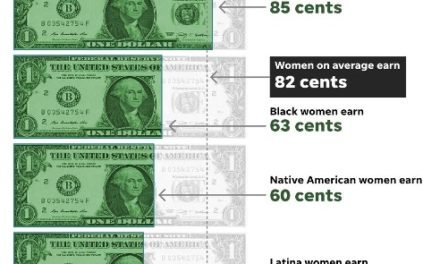
This week, the University of Cincinnati shared its new policy which will require all applicants for faculty and staff positions to submit Diversity & Inclusion (D&I) statements as part of their applications. In previous years, applicants for faculty positions were required to submit similar statements. This new provision extends this requirement to staff positions, as well:
- “Faculty and administrative/professional applicants will be asked to submit a personal statement summarizing his or her contributions (or potential contributions) to diversity, inclusion and leadership.
- All other positions, including hourly positions, will be asked to respond to the following question on UC’s application form: ‘As an equal-opportunity employer with a diverse staff and student population, we are interested in how your qualifications prepare you to work with faculty, staff and students from cultures and backgrounds different from your own.’”
I think the University of Cincinnati is on to something, here. For decades, organizations have lauded their commitments to equal employment opportunity, diversity, and inclusion by way of mandated policy statements. More and more companies are getting creative in developing extensive D&I branding and formulating well-articulated mission and vision statements. Employee resource groups and diversity councils have become common avenues for engaging employees and leaders. And the “business case” for diversity has been continually refined to support practitioners in securing buy-in from the top. Yet and still, common sentiments shared by D&I practitioners underscore the challenges associated with getting leaders to take this work seriously and slow progress in actually moving the needle forward. In other words, there is often times lots of well-intentioned talk, followed by very minimal action.
Which, again, is why I think the University of Cincinnati is on to something. While I don’t know enough about the University to draw a thorough conclusion on the state of their diversity and inclusion affairs, I do know that this new provision puts some action behind their talk. By including D&I as a competency required of all applicants to model (or at minimum, articulate) they are creating accountability measures that ensure their hires understand how and why D&I is important to the university. Granted, this is only one piece of the application process. And there is probably opportunity to extend the statement beyond the application into the interview process; nonetheless, it’s a step in the right direction. As such, similar practices could be adopted and this statement could be taken even further in some corporate spaces.
Over the past few years, utilizing behavioral based interview questions has become a best practice in interviewing and selecting candidates, especially leaders. Behavioral based questions usually start off with something along the lines of: “Tell me about a time when…” or “Explain a situation where you had to …” These questions are typically linked to specific competencies and seek to gauge the applicants’ ability to describe their behavior in specific circumstances and support their responses with concrete examples. Perhaps you have used or experienced these type of questions as they were associated with competencies like teamwork, creativity, flexibility, communication, and conflict management. However, how many times have you used or experienced a question that gauged your competence in inclusion, cultural proficiency, or managing diverse teams (not including HR and diversity specific roles)?
I think therein lies the gap. If we want a leader to be adaptable and innovative, we’re going to require that leader prove how he or she has modeled it before. If we want an employee who has good communication skills and can work under pressure, we’re going to expect that employee show how he or she has demonstrated those competencies previously or how they would in the future. We’re going to hire for those skills and competencies necessary to meet business needs. Likewise, if D&I is as much as an imperative as most companies continue to articulate, we should be hiring for inclusion too.


















